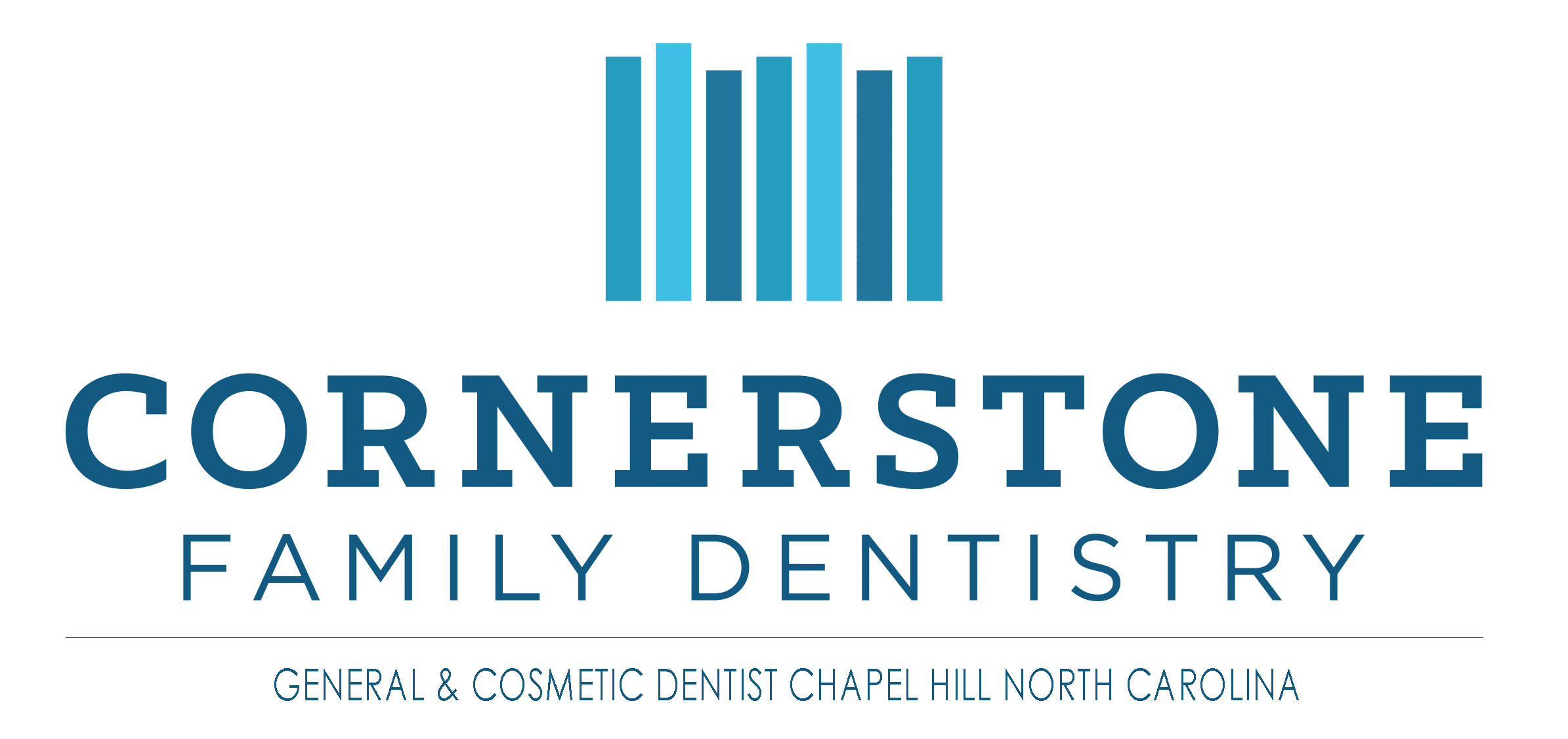Stages of Tooth Decay
One of the more frequent causes of tooth pain, tooth decay starts when tooth enamel starts to deteriorate, creating areas of damage on the tooth’s surface. Tooth decay is the result of acid damage to the tooth’s structure created by bacteria living in plaque. As the bacteria metabolize the sugars from the foods left in the mouth, they produce acid that lead to enamel damage.
Tooth decay is somewhat preventable if a sound oral cleaning routine is maintained along with routine dentist visits. And if addressed in its initial stage, tooth decay is treatable and could be reversed. To better educate patients on what to look for, this article will examine the various stages of tooth decay.
First Stage: Discoloration or Spots
The tooth decay process starts when chalky white spots on the tooth surface appear due to calcium loss and the build up of plaque. As the bacteria in the plaque metabolize sugars from food eaten, they produce acids that deteriorate the enamel in a process known as demineralization. During this stage, tooth decay could still be reversed with proper treatment. Treatment should be discussed with a dentist but could include fluoride treatments, professional cleaning, and modification of brushing techniques. One of the best methods of preventing plaque buildup is to brush at least two times per day with studies indicating that an electric, rather than manual, toothbrush being the more effective device.
Second Stage: Enamel Decay
The enamel begins to fracture under the tooth surface in the second stage of decay. At this stage, the natural remineralization process can no longer properly restore the enamel with minerals, leading to the formation of a lesion within the tooth. As decay progresses, the tooth surface risks irreversible damage and could break. Should a tooth break, patients should consult a dentist immediately.
Third Stage: Dentin Decay
The third stage of decay occurs when bacteria and acids erode through the enamel and reach the next layer known as the dentin. When decay reaches the dentin, the infected tooth can be intensely painful and once enough sub-surface enamel is deteriorated, the enamel collapses to form a cavity. Once this happens, a dental filling may be needed to restore the area.
Fourth Stage: Pulp Decay
The tooth center, known as the pulp, contains living tissue and cells (odontoblasts) that produce dentin and effectively connect to the enamel. Should the pulp get infected with bacteria, pus forms that kills the nerves and blood vessels inside the tooth. This can result in a toothache, constant pain, and most likely will require root canal for treatment.
Fifth Stage: Abscess Formation
By far the most painful tooth decay stage is the formation of an abscess. If the infection reaches to the root tip of the tooth, the adjacent bones are also at risk of infection. The tongue and gums often swell which may affect speech and puts the patient at risks for other diseases. Further oral surgery will likely be needed at this stage.
Sixth Stage: Tooth Loss
If not properly treated, tooth decay can ultimately lead to tooth loss or extraction.
More on Tooth Decay : Can You Fix Tooth Decay?
